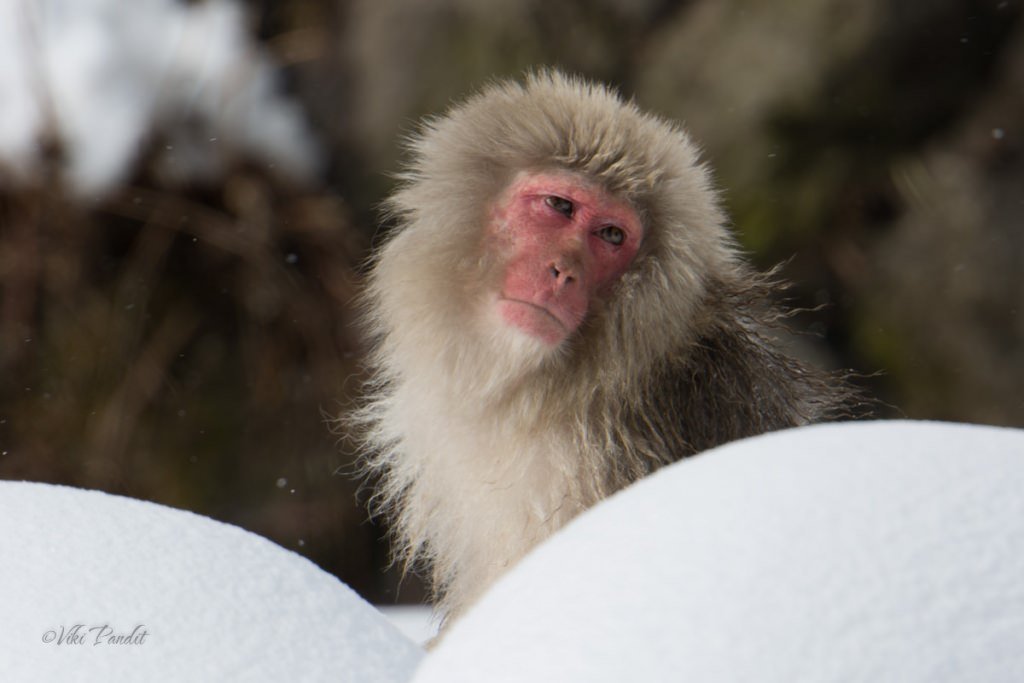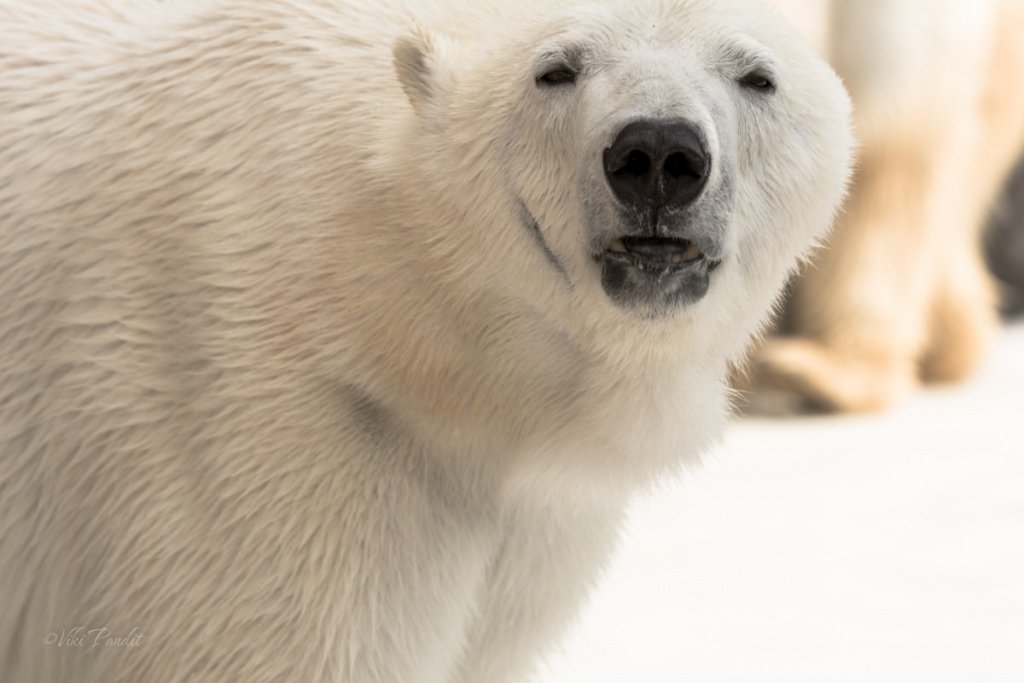I do not approve off Zoo’s. The idea of animals in captivity does not appeal to me. The only reason I had to visit Asahiyama Zoo was I couldn’t come back from Japan without meeting the Polar Bear. With their numbers plunging by 40% in the last 10 years, this might be my only chance of seeing the white bears.
Wildlife

Snow Monkeys of Jigokudani
Snow Monkeys of Jigokudani
